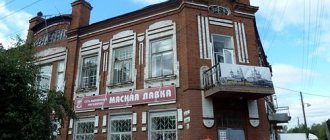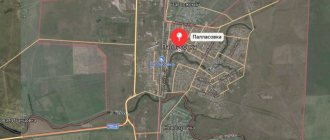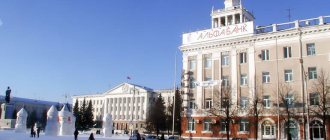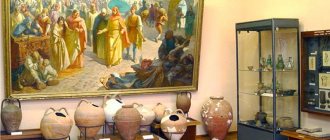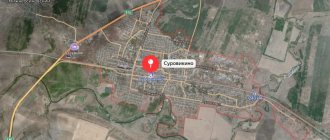General information and history of Gorno-Altaisk
Snow-white mountain peaks, mountain rivers, the tart smell of sun-burnt grass - this is how people know Altai. But there is no need to confuse the city of Gorno-Altaisk and tourist centers - the Mecca of budget holidays throughout Siberia. Many people go to Altai, but almost never look into the city. Either they are not on the way, or they simply don’t get there, in a hurry to drink vodka and “relax” before losing their passports and cell phones.
Gorno-Altaisk from a bird's eye view
Gorno-Altaisk lies in the north-west of the Altai Republic, 20 km from its border with the Altai Territory. The city is located in the foothill zone, that is, there already seem to be mountains, but they cannot be called serious. The maximum height is only 640 meters. For comparison: the highest mountain in the Republic, Belukha, is 4506 meters high. And they say that in recent years another couple of meters from above have “frozen.”
The city is very young, less than 100 years old. It was born in the small village of Ulala in 1824, and already in 1928 it became the city of Oirot-Tura, which is translated from Altai as “Altai (or Oirot) city.” Subsequently, in 1948, the city was renamed Gorno-Altaisk. In 1992, the Gorno-Altaisk Autonomous Region received the status of the independent Altai Republic and Gorno-Altaisk was promoted to the capital. This event is still widely celebrated in the city.
Day of the city
In post-Soviet times, there was a very strong decline in industry. If in Soviet times there were some enterprises operating in the city, for example, a bakery, a weaving factory or a reinforced concrete plant, now all that remains of them are the names of public transport stops. The city was saved by two things: recognition of the republic as independent, and the Altaians as a dying nation. As a result, money flowed into the republic to save the people. This is how they live. It may be worth noting the archaeological finds that also contributed to maintaining the historical status of the city. But the joy was short-lived and in 2010 this status was removed from the city.
GAGU Museum
The exhibition, divided into 4 sections, belongs to the State University of Gorno-Altaisk. The museum consists of the following thematic divisions: archaeological, historical, local history and zoological. In the local history museum called “Nature of the Altai Mountains” you can see exhibits related to the history and nature of the surrounding area. Mammoth bones, collections made up of minerals, models of ancient animals that lived in Altai, photographs of natural landscapes and fossils of various rare plants are exhibited here. The thematic sections of the museum also contain tools of past times, historical documents and artifacts.
Climate and ecology of Gorno-Altaisk
The city itself lies between two low mountains - Tugai and Komsomolskaya. They protect the city from the wind and make even the most terrible winters much easier to bear. Siberians know it firsthand, and others can remember the film about Shurik, which showed the way to the library. Remember the howling and whistling of the wind that night? There is no such thing in Gorno-Altaisk. Happiness!
Well, another undeniable advantage of this location is the gorgeous view from the window. From any window in the city. You can't hide from the view of the mountains. Nowhere!

